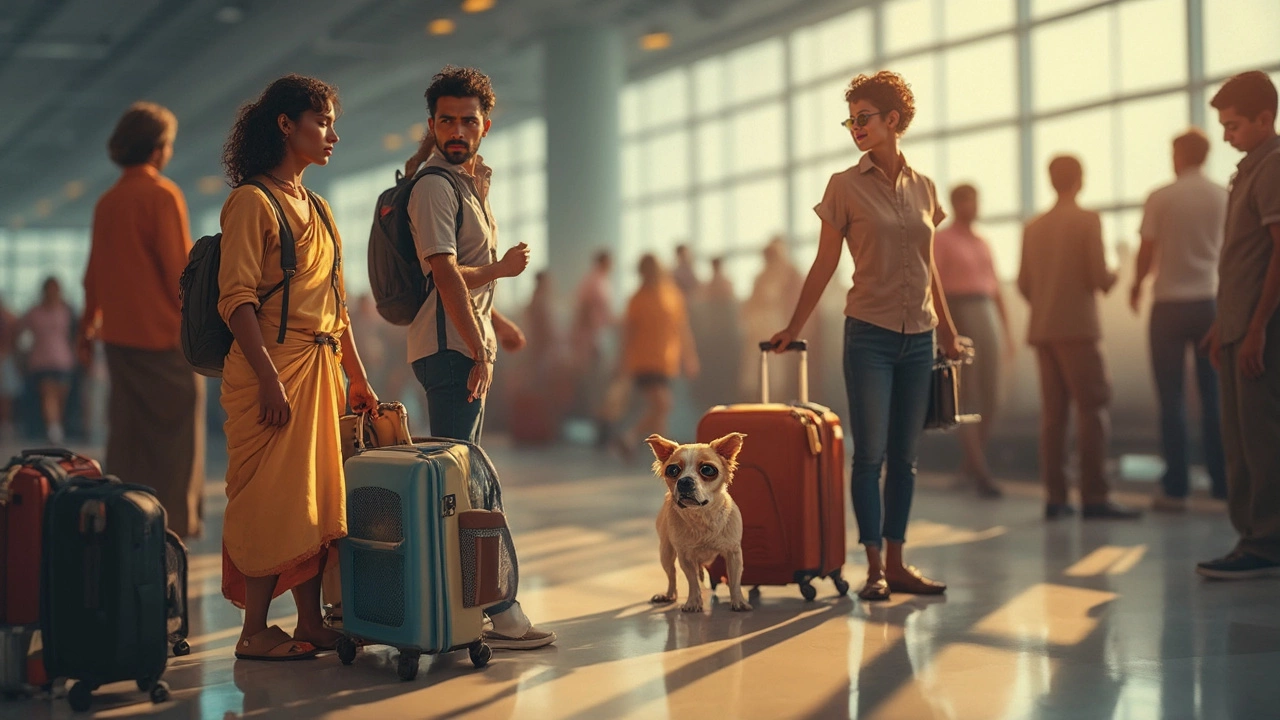No Pets Allowed? What the Rule Means and How to Handle It
Ever walked into a hotel or a park only to see a big sign that says “No Pets Allowed”? It feels frustrating, especially when you’re traveling or looking for a place to relax with your furry friend. The good news is those signs aren’t random—they protect people, animals, and property in specific ways. Understanding why the rule exists helps you respect the space and find better options without the hassle.
First, most “no pets” rules are about health and safety. Restaurants, for example, have to follow strict sanitation codes that don’t mix animal hair with food prep. Apartment complexes might ban pets because of insurance limits or because neighbors have allergies. Knowing the reason behind the rule can make it easier to accept it and look for a spot that fits both you and your pet.
Common Places With “No Pets Allowed” Rules
There are a few hotspots where you’ll see the no‑pet sign most often. Hotels and motels are a classic example, especially budget chains that keep costs low by limiting extra cleaning. Many public beaches have seasonal restrictions, allowing dogs only in certain hours or sections. Office buildings and coworking spaces often ban pets to keep the environment professional and to avoid allergies.
Even some indoor attractions—like museums, theaters, and gyms—enforce the rule. The main goal is to keep the space clean and to protect people who might be scared of animals. If you see a “no pets” notice, check the venue’s website for a list of pet‑friendly days or areas. Some places offer a “dog day” once a month, giving owners a chance to enjoy the venue without breaking the policy.
Rental properties are another big one. Landlords may list “no pets” in the lease to avoid extra wear and tear. However, many owners are open to a pet deposit or an added monthly fee. It never hurts to ask—sometimes a simple conversation can change the rule for you.
How to Make the Most of Pet‑Friendly Options
When you know a place won’t let your dog in, look for nearby alternatives. A lot of cities have dedicated dog parks, pet‑friendly cafés, and walking trails just a short drive away. Use apps or websites that filter for pet‑friendly listings; they save you time and keep you from walking into a “no pets” zone.
If you’re traveling, consider booking a vacation rental that explicitly welcomes pets. Sites often let you filter by “pet‑friendly” and show you the extra fees up front. Some airlines even allow dogs in the cabin, so you can skip the cargo stress entirely. Check the airline’s pet policy before you book to avoid surprise fees.
For short trips, a pet‑sitting service or a kennel can be a lifesaver. Many facilities offer daily playtime, which can be a fun break for your dog while you explore a no‑pet area. Look for places with good reviews, clean environments, and staff who genuinely love animals.
Finally, respect the sign. Ignoring a “no pets” rule can lead to fines, eviction, or even being banned from a venue forever. By planning ahead and choosing pet‑friendly spots, you keep everyone happy and avoid needless stress.
Bottom line: “no pets allowed” doesn’t have to ruin your day. Know why the rule exists, scout pet‑friendly alternatives, and enjoy your outings without breaking any rules. Your dog will thank you, and you’ll keep your peace of mind.

Airlines That Don't Allow Pets: What You Need to Know
Traveling with pets can be a challenge, especially when certain airlines don't allow them on board. This article explores the airlines that do not permit pets, providing pet owners with crucial information to plan their trips. It also offers practical tips on pet-friendly travel alternatives for a hassle-free experience. Learn about airline pet policies and how they can affect your travel plans. Discover how to navigate the rules to ensure your furry friend's comfort.
read more



